Ivory-openwork Panel with a Battle between a Wild Bull and a Lion
Iron Age IIA–IIB, 9th–8th Century BCE
Image
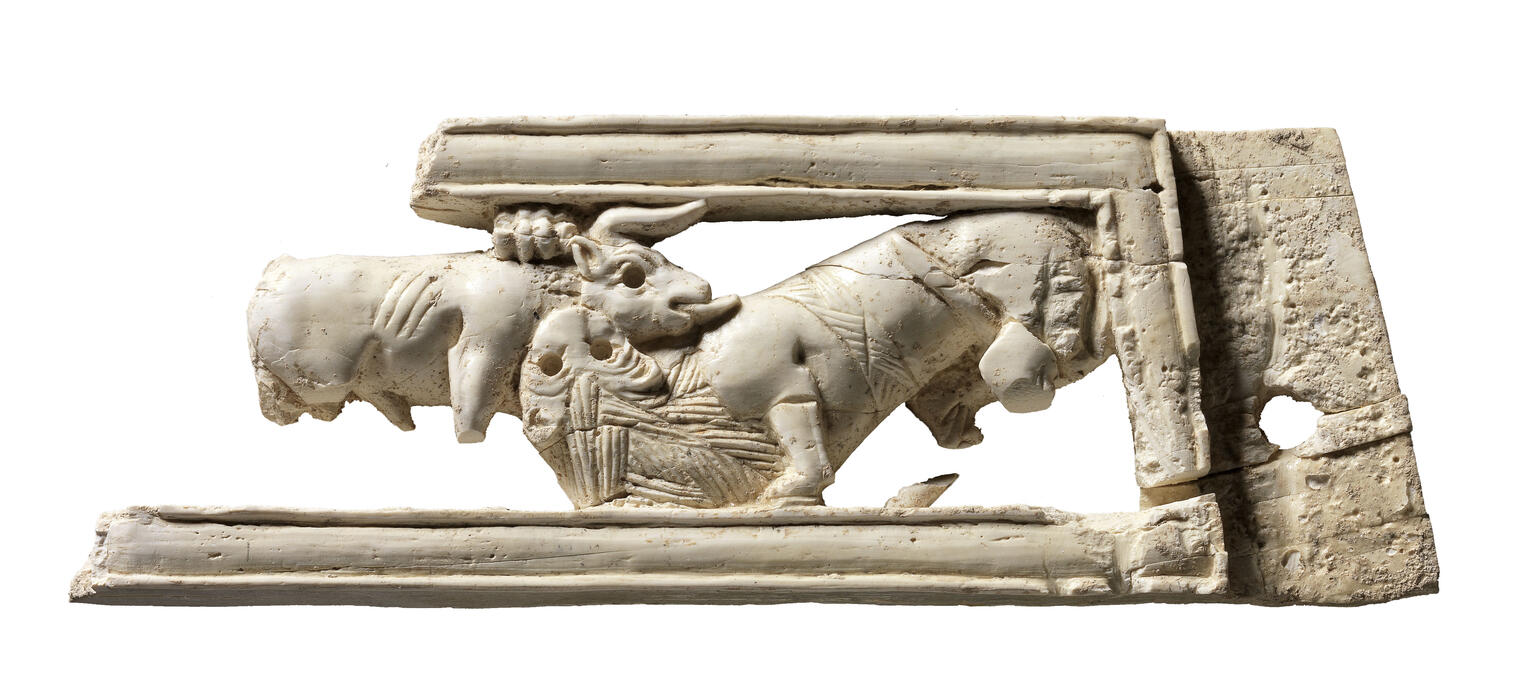
Engage with this Source
Related Guide
Visual Culture and Performing Arts in Ancient Israel
Biblical Period
Evidence for the material culture of ancient Israel comes mostly from artifacts and archaeology and attests to the influence of the great empires that surrounded Israel.
Related Guide
Provenance and Dating of Artifacts from the Biblical Period
Biblical Period
Artifacts help historians reconstruct the past, using layers of excavation to establish the chronology of the sites they excavate.
Related Guide
Carvings from Ancient Israel
Biblical Period
Ornate carvings in bone and ivory were used for decoration in both special and everyday objects in ancient Israel.
You may also like

Ivory-openwork Panel with a Sphinx Striding through Lotus Flowers
Sphinxes are among the most ubiquitous images on Iron Age Levantine ivories. The sphinx combines the features of several animals; it has the head of a human, the wings of an eagle, and the body of a…
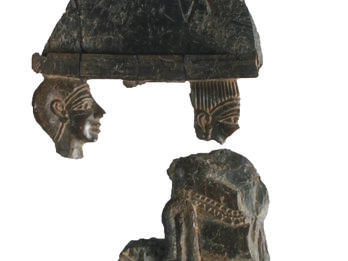
Ivory-openwork Inlay with an Enthroned Figure
This ivory openwork inlay from Samaria depicts a figure enthroned on a cushioned chair, perhaps at a banquet, with an attendant standing behind. Royal banquet scenes, common in ancient Near Eastern…
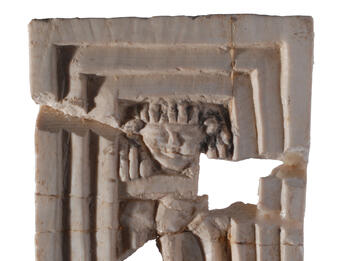
Ivory Relief of a Woman at a Window, Samaria
This ivory relief bears a common motif, found in ivories from Syria and nearby areas as well: a woman stares straight out from a window set in a triply recessed frame with a balustrade in front. Her…

Ivory Cloisonné Relief with the Egyptian God Horus
This leaf-shaped ivory relief from Samaria depicts Horus as a child sitting on a lotus flower. The lotus was a symbol of regeneration, and because, in Egyptian belief, each pharaoh was considered an…
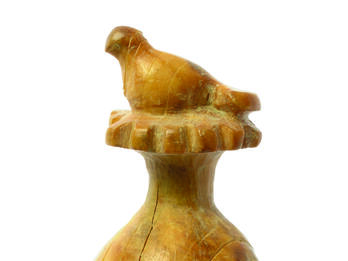
Ivory Pomegranate Sculpture with a Bird Sitting on Top
This small sculpture of a pomegranate with a bird (most likely a dove) sitting on top is from the City of David in Jerusalem. The sculpture was probably mounted on a piece of furniture (fragments of…
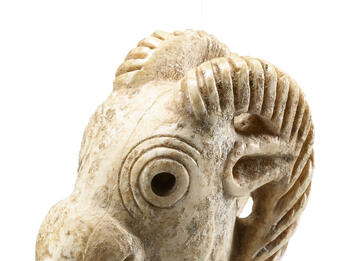
Ivory Stopper Shaped Like an Ibex Head
The stopper is perforated at the bottom so that liquids, probably perfumes, can be poured from the jar through the male ibex’s mouth. The horns curl tightly back to the neck, perhaps to prevent them…

